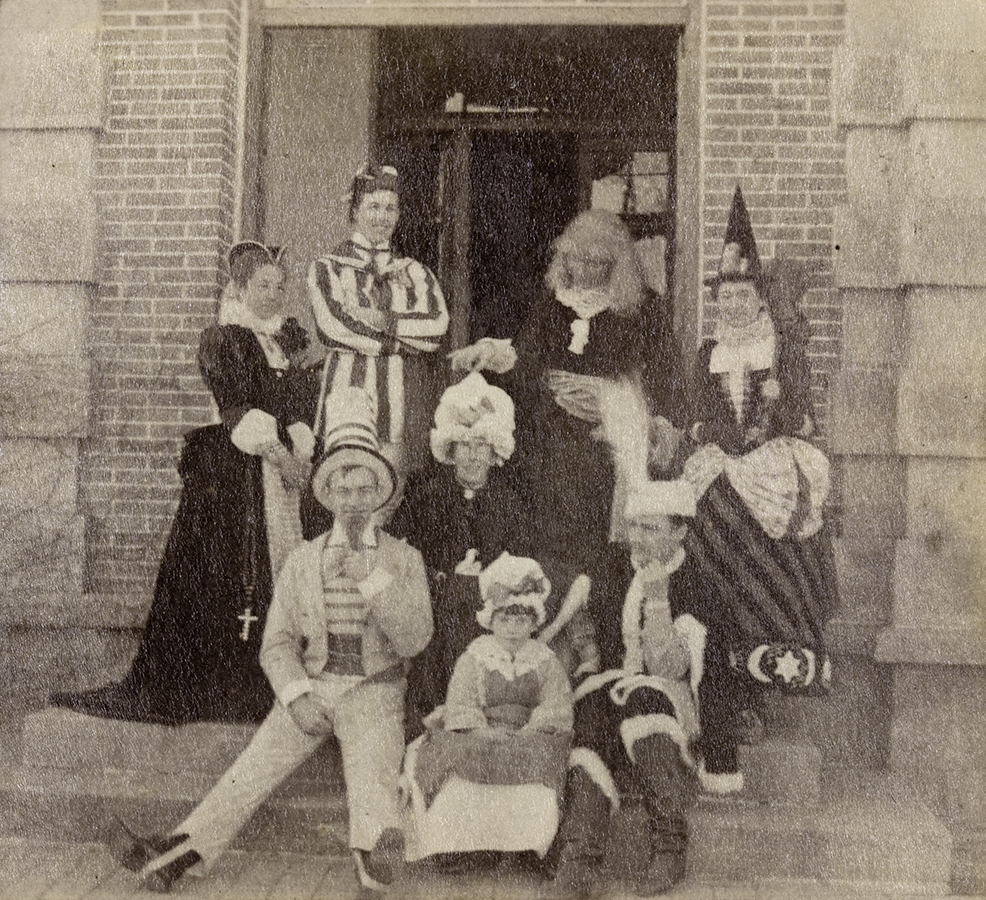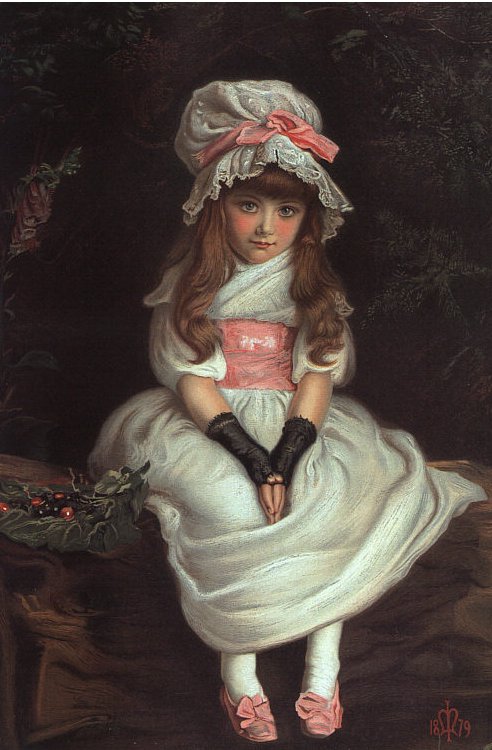Our guest blog this week comes from Verity Wilson, who teaches the history of design on the joint master’s course at the Royal College of Art and the Victoria and Albert Museum, London. Prior to that, she worked for 25 years at the V&A as a curator in the Far Eastern Department where her area of expertise was East Asian textiles and dress. Her current work centres around fancy dress and disguise, and she is particularly interested in the relationship between photography and dressing up. She is the outgoing editor of the peer-reviewed dress studies journal Costume.
In the nineteenth century, British people living abroad were accustomed to dressing up. It has been argued that diplomatic and army dress uniforms were part of what kept the Empire going. Photographs in the HPC Collection exemplify the flummery of the British ruling classes but this image (NA01-04) speaks of a rather different aesthetic, albeit one involving clothes. Across the globe, wherever there were British residents, there was fancy dress. The year is 1889 and the place Beijing but it could easily be Delhi, Durban, Melbourne or Ottawa.

Uncaptioned photography in album entitled ‘The Chinese Customs in Peking 1889-1891’. National Archives file, C0 1069/421. Crown copyright image reproduced by permission of The National Archives, London, England
The photographer has pleasingly grouped the masqueraders on some low steps. There is a mix of ages, as well as a balance of men and women. They seem at ease and probably knew each other well. We, as onlookers from the twenty-first century, do not even know their names – the details of the picture are lost to us today – and so these costumed sojourners are defined by the characters they chose, fleetingly, to inhabit a century and a quarter ago.
At the centre front, a small girl poses in an ostentatious mob cap, the unmistakeable attribute of the pretty child depicted in Millais’s Cherry Ripe. John Everett Millais (1829-1896) was commissioned to paint this sentimental subject specifically for graphic reproduction.
Large, coloured copies reached colonial outposts stapled into the centre of the Graphic magazine Christmas annual of 1880. The cover of this issue featured a personification of Pax Britannica who is depicted showing Millais’s painting to people of different nations, including a Chinese gentleman. Cherry Ripe fancy dress appeared at the annual Lord Mayor’s Juvenile Balls at the Mansion House in London throughout the 1880s and was replicated wherever British children lived. Just as the mob cap defines the girl as a Millais facsimile, so the tall hat of the man sitting on her right marks him out as Uncle Sam, the embodiment of America. The widely known World War I recruitment image of Uncle Sam, based on the British pointing finger poster, was still in the future but many of the elements – the tail coat, the high hat with stars and stripes, and the goatee beard – were all in place by this time. The Uncle Sam costume does not seem to have been a favourite of British fancy dress devotees so could this man be an American guest? ‘Yankee’, but not ‘Uncle Sam’, is suggested as a possible costume choice in the 1882 encyclopaedic guidebook Gentleman’s Fancy Dress: How To Choose It by Ardern Holt. Holt’s description for a Yankee costume accords with that of the man behind Uncle Sam, perhaps another American. The remaining players in this game of pretend are, clockwise from left, Mary, Queen of Scots, Cardinal Richelieu (an uncertain designation as neither his defining biretta nor his wide-brimmed hat are shown), a witch and Polish count, with Old Mother Hubbard sitting in the middle having her hat tweaked.
The costumes are substantial, the detailing precise; we assume that such dressing up events were long anticipated because the outfits must have taken time to assemble. The likelihood is that some were hired from specialist firms in London and may have done the rounds of fancy dress parties in British enclaves elsewhere. These singular events, peopled with imaginary figures, provided a touch of disorderliness for those bound by the social conventions of a British community living in China.

